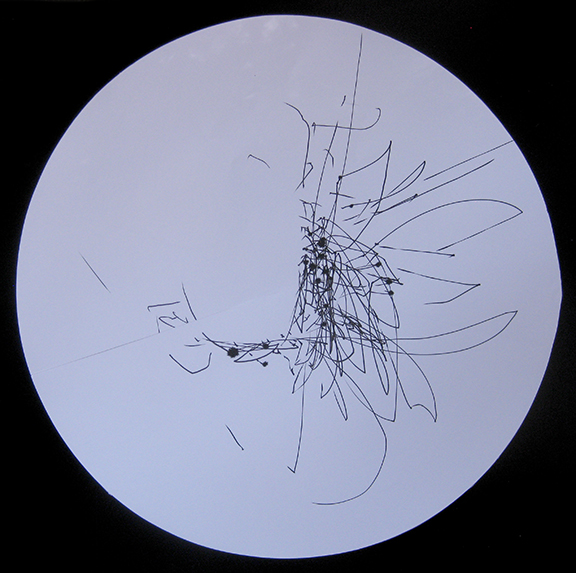The time has come to update William Mooris and Adolf Loos for the 21st century. A hundred years ago Loos told us to suspend the use of ornament so that design could catch up with modernizing culture. A half century before that, recoiling from the aesthetic horrors of the Great Exhibition, Morris told us to stop using machines so that design could return to its origins in craft and hand production. When Morris died in 1896, the industrial revolution was a century old. When Loos died in 1933, the machine age was at its peak.
Today, the revolution is digital and the age is informational, but design confronts a similar crisis. We have amazing electronic tools at our disposal; culture has modernized at staggering, computer processed speeds. But the tools are abused and cultural change is stupefying. We embrace technology because it is there and embrace change for change’s sake. Our buildings, objects, and graphics suffer as a result. Things are over-designed because new tools must be exploited; here, design says “Look what I can do!” Things are poorly designed because new tools provide templates and shortcuts that are mistakenly substituted for design itself; here, design says “Look how easy it is!”
Design Less
To rectify this situation we must Design Less! We must subject ourselves to a period of privation in which we refrain from designing and suspend the very practice of design itself. This clarion call is not a longing for some idyllic pre-digital past, nor is it an angry Luddite-like rant. Rather, it is an inevitable evolution of the theories of Morris and Loos. And it is an evolution that is perfectly in sync with our era—think of Terminator 2: Judgment Day and countless other science fiction doomsday scenarios in which the computers take over. Let us aid and abet them and allow the machines to design for us. They are doing it already; now we are making it official. Is this nihilistic? Perhaps, but it may be necessary if we are to save our buildings, objects, and graphics from themselves. Until then, we must await the arrival of a Sarah Connor of design who, fully loaded with guns blazing, will put us in control of our machines once more.
Designless
The time has also come to diagnosis design’s place in the global economic meltdown. Like art, design is the superfluous thing, apparently unnecessary in the “I’m a sucker for the working man” ethos of the new austerity. The design world must unite in the face of a world without design. Designers must control their most basic urge — to make the world a better place — because either the world doesn’t need improving or the world thinks it can improve without help from designers. We can accept this scenario with a look of glum resignation, but a knowing smirk might be more appropriate. The nay sayers may welcome a world free from designers, but the world will never be devoid of design.
The designless world simply does not exist; and it never has. The gatherers who built the seasonal dwelling at Terra Amata; the hunters who drew in the caves at Lascaux — they were designers. As were the literally countless men and women since then, who have created or adapted almost every single thing that surrounds us in this designed world. Perhaps, like Morris, we can blame it all on the Renaissance: it’s Alberti’s fault for separating theory and practice and it’s Vasari’s fault for creating the artist as hero. Walter Gropius was on to something when he urged designers to return to the crafts. He understood that the cult of personality and individuality was damaging design’s reputation and undermining its very place in the world. He thought that by returning to making — by heading down to the factory floor — designers might regain what had been lost. The world would become more designful by becoming seemingly designless.
This has, in fact, come to pass. Whether we are sitting at our computers, shopping at Target or IKEA, or walking down the street with our handheld devices, we are effortlessly, endlessly, unavoidably, inevitably, and mindlessly consuming design. Or to put it another way, we are consuming a thing — a website, a font, a screen, an icon, a t-shirt, a store, a sidewalk, a car, the list goes on and on — that someone, somewhere, sometime designed. If this is the designless world we welcome it and, with apologies to William Shakespeare, first thing we do, let’s kill all the designers.
This essay appeared originally in DesignObserver, 03.03.09.


